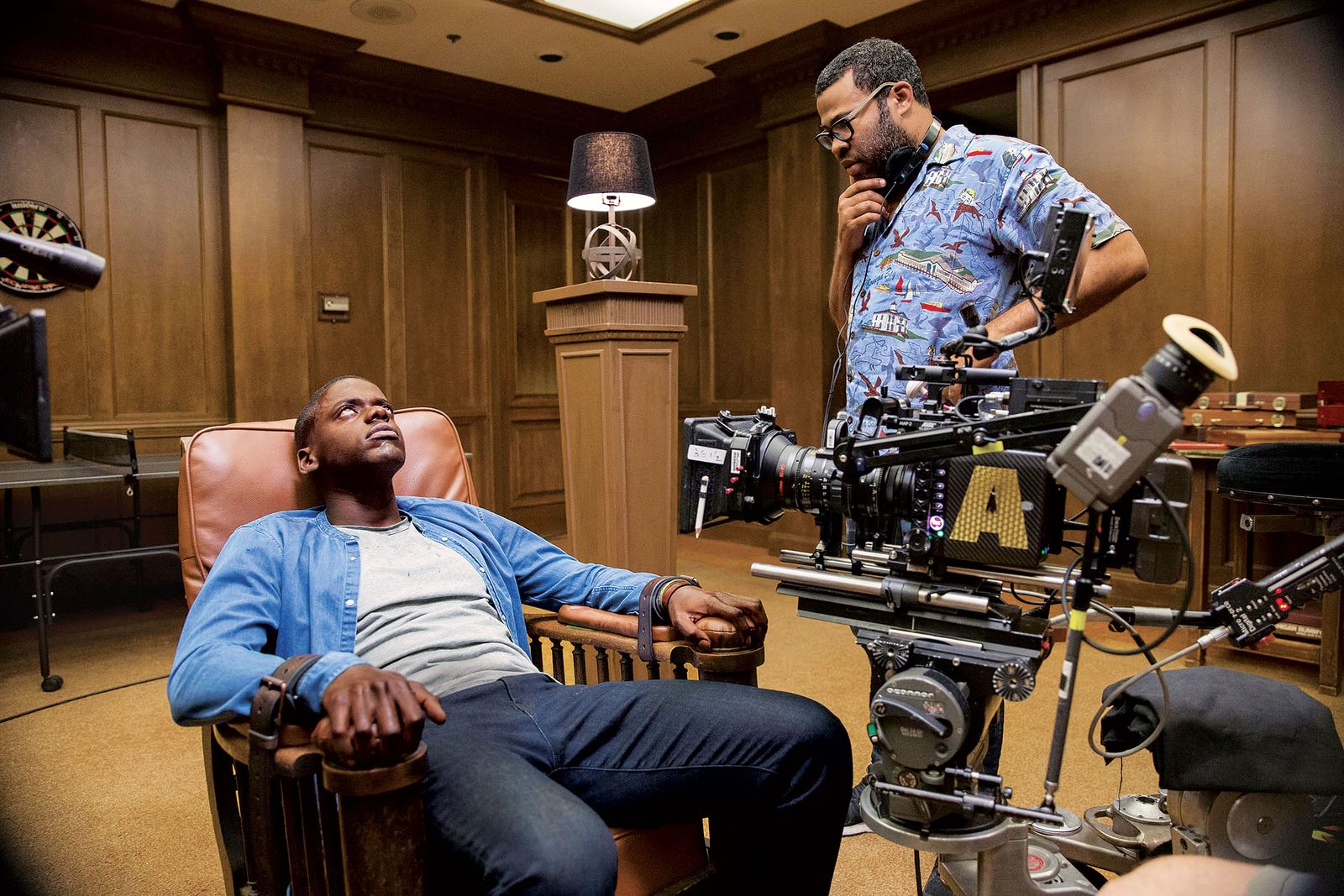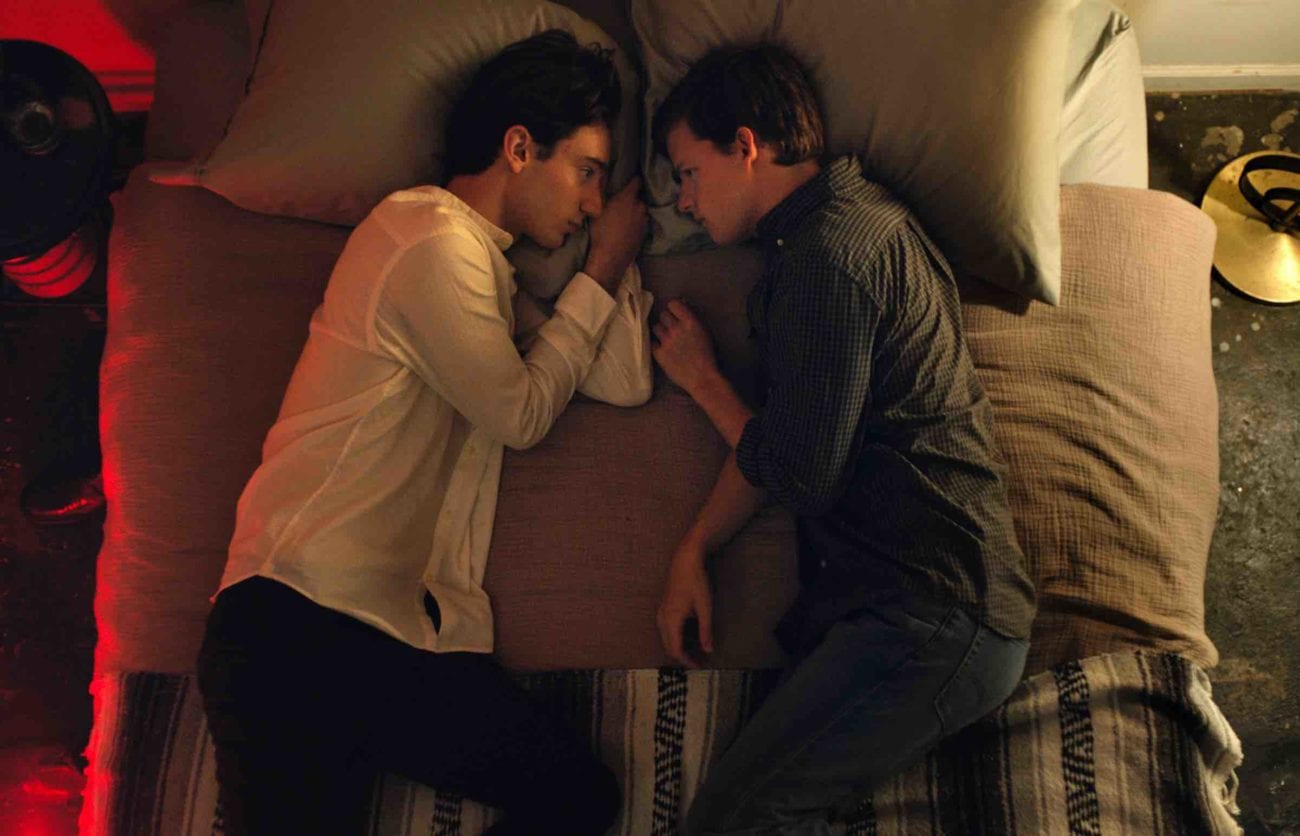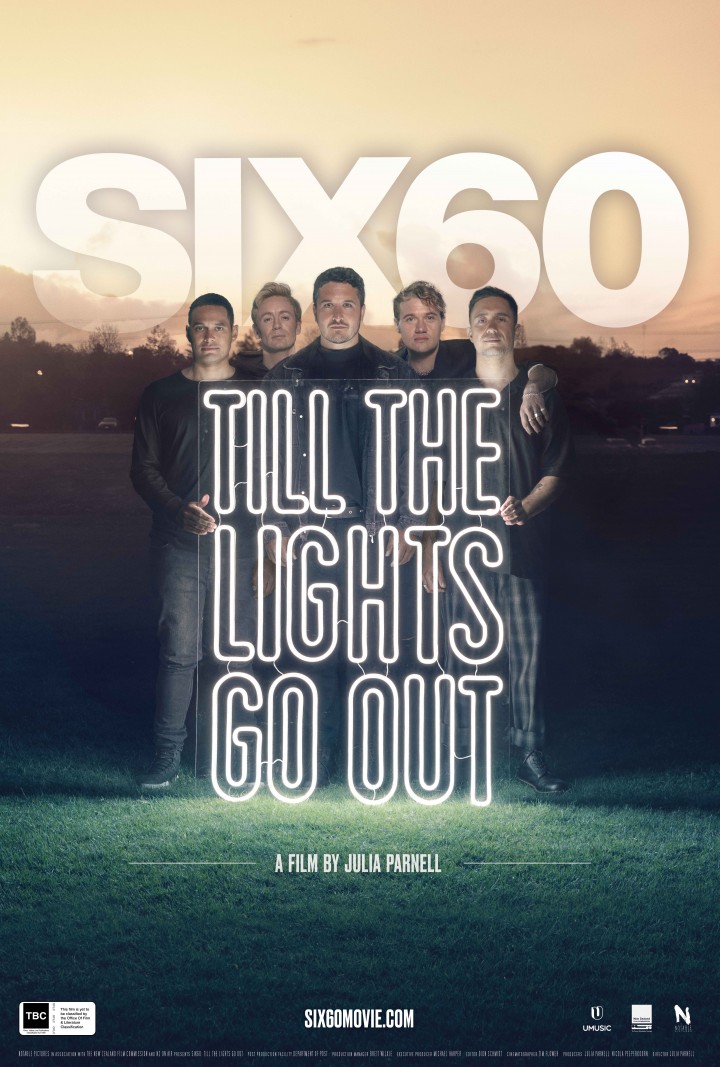Universal Pictures


Such transfers were the case until the mid-1980s, when the VCR became affordable enough and much more standardized in the form of and to be adopted in such institutional settings on a widespread basis. Film-out of computer graphics and animation [ ] Artists working with CGI- create pictures frame by frame. 简体中文 Chinese - Simplified• Most companies that do film-out, do all the stages of the process themselves for a lump sum. For more information on cookies including how to manage your consent visit our. - Select -• Svenska Swedish• Therefore, when transferring video to film, it is necessary to "invent" individual film frames, 24 for every second of elapsed time. PAL and SECAM video [ ] and run at 25 interlaced video "frames" per second, which can be slowed down or frame-dropped, then , to correlate "frame" for frame with film running at 24 actual frames per second. Moreover, the conversion process usually requires human intervention at every edit point of a video program, so that each type of scene can be calibrated for maximum visual quality. Indonesia Indonesian• Once the finished product is done, the frames are outputted, normally in a file. "Film-out" is a broad term that encompasses the conversion of frame rates, color correction, as well as the actual printing, also called scanning or. files that were scanned on a are stored on a often abbreviated as "SAN". recorder. The first major live-action film to use this process entirely was , done by Kodak's Cinesite division in Hollywood in the spring of 2000. A 2K movie requires a storage several in size to be properly stored and played out. PAL and SECAM are less complex and demanding than NTSC for film-out. The scanned DPX footage is edited and composited- on , then mastered back on film. Most CGI work is done in 2K files about the size of and then output to the Film-out device for creation of 35mm elements. 1 million domestic debut — which is far greater than anyone was expecting. Digital stills are not the only way to get pictures used in the graphic design and print industries. Check out the new trailer and learn how you can support the project below. Gaeilge Irish• NTSC is hardest to reconcile with film, thus motivates. Esperanto Esperanto• This article needs attention from an expert on the subject. computers started the high-end CGI- animation systems, but with faster computers and the growth of -based systems, many others are on the market now. The technology must filter out all the visually unappealing artifacting that results from the inherent mismatch between video and film movement. Instead, video consists of a very fast succession of horizontal lines that continually cascade down the television screen — streaming top to bottom, before jumping back to the top and then streaming down to the bottom again, repeatedly, almost 60 alternating screen-fulls every second for NTSC, or exactly 50 such screen-fulls per second for PAL and SECAM. Now all viewers have to do is figure out what the heck IMDb TV is. Standard definition SD video [ ] Film-out of — or any source that has an incompatible frame rate — is the up-conversion of video media to film for theatrical viewing. NTSC runs at the approximate rate of 29. The Tomatometer rating — based on the published opinions of hundreds of film and television critics — is a trusted measurement of movie and TV programming quality for millions of moviegoers. can now shoot all the images needed, storing them as files e. This information should not be considered complete, up to date, and is not intended to be used in place of a visit, consultation, or advice of a legal, medical, or any other professional. When placing this tag, consider with a. Gore Verbinski and legendary cinematographer Roger Deakins worked together on the animated film Rango, and now it looks like the two are reuniting for not one but two new animated features. Once the final is approved, it can be filmed out for. PAL and SECAM conversions do agitate, though, with the unpleasant choice between slowing down video and audio pitch, noticeably by four percent, from 25 to 24 frames per second, in order to maintain a 1:1 frame match, slightly changing the rhythm and feel of the program; or maintaining original speed by periodically dropping frames, thereby creating jerkiness and possible loss of vital detail in fast-moving action or precise edits. Prior to this, the video master was transferred from tape to film through one of several methods: CRT recorder, laser film printer, , or EBR. or EVR — early type• Couple this with the fact that the movie was also streaming on HBO Max and you have every indication that audiences are ready to return to theaters. and are also common sources for graphic design and print industries. Contents• 97 video "frames" consisting of two interlaced screen-fulls of scan lines, called fields, per frame per second. Polski Polish• Laser film recorder, like 's high-end Lightning II recorder and 's. 97 rate, no direct correlation to film frames at 24 can be achieved. Initially due to budgetary concerns, Filmmaker shot his feature drama "Signal 7" in 1984 using Sony portable format videocassette decks paired with HL-79 3-tube broadcast video cameras a setup comparable to systems used by broadcast television stations at the time. Films made with this process were the 1973 film , the 1971 film The Resurrection of Zachary Wheeler, and the most famous film using this process, 's 1971 film , which was originally shot on , and then transferred to film by Technicolor, being the first independent film originally to be shot on videotape and distributed theatrically in 35 mm. There are obviously specific signs for many words available in sign language that are more appropriate for daily usage. High definition HD digital video [ ] digital video can be shot at a variety of frame rates, including 29. Step two, the scanning to film, is the rote part of the process. Types of Film Out Devices [ ]• The job includes converting interlaced video into 24p and often a color correction session — , before scanning to physical film, possibly followed by color correction of the film print made from the — is offered. Verbinski revealed the news himself, although he also remained a little tight-lipped about what we can expect. was the first to use the technique of video-to-film for aesthetic purposes, for the 1971 film , which used heavily color-adjusted video footage only for the fantasy sequences. Dansk Danish• December 2009 Film-out is the process in the , and disciplines of transferring images or from or digital files to a traditional. 日本語 Japanese• Computer graphics files are handled the same way but in single frames and may use , or other. , especially those participating in the movement of filmmaking, have also shot their films on videotape, to be transferred to 35 mm film stock for theatrical release. Movies fully rendered and animated in CGI such as , and utilize the film-out method to produce 35mm copies for archival and release prints. The video-to-film conversion process consists of two major steps: first, the conversion of video into digital "film frames" which are then stored on a computer or on HD videotape; and secondly, the printing of these digital "film frames" onto actual film. Norsk Norwegian• Learn more about the new series below. This is the mechanical step where lasers print each of the newly created frames of the 24p video, stored on computer files or HD videotape, onto rolls of film. Please add a reason or a talk parameter to this template to explain the issue with the article. Film-out of live action video [ ] Many modern and low-budget films are shot on videotape or other media, instead of , and completed as digital video. Theater performances have been preserved with Kinescope for many years — the 1964 production of with , for example, was shot on video and printed as a film that was released in using this process. Also, countless educational, medical, industrial, and promotional videotapes produced from the late 1950s up to the mid-1980s were also transferred to film stock usually 16 mm film for widespread distribution, using either an EBR or CRT recorder. We know two things for sure: neither animated feature will be a Western, like Rango, but one of them is a musical. In this way, NTSC resolves actual movement at almost — but not quite — 60 alternating half-resolution images every second. Latinum Latin• The casual streaming subscriber might not know that it is a rebranded version of CBS All Access set to launch this March with a host of new original titles that appeal to every corner of the nostalgia market. By using the site, you consent to these cookies. The series has begun principal photography, which means we now have a Pistol first look image, which you can see below. Film recorder, like Cinevation's real-time. 繁體中文 Chinese - Traditional• HD, if shot in 24-progressive, scans nearly perfectly to film without the need of a frame or field conversion process. NTSC video [ ] is the most challenging of the formats when it comes to standards conversion and, specifically, converting to film prints. The film-out process is different depending on the regional standard of the master videotape in question — , , or — or likewise on the several emerging region-independent formats of video HD video ; thus each type is covered separately, taking into account regional film-out industries, methods and technical considerations. video became popular in the early 2000s by pioneering filmmakers like and , who used HD video cameras such as the to capture images for popular movies like and Spy Kids 2, respectively, both released in 2002. The use of archival footage in video especially calls for extra attention. It represents the percentage of professional critic reviews that are positive for a given film or television show. These picture data files can then be put on to using a for film out. Each company employs its own often proprietary technology for turning interlaced video into high-resolution digital video files of 24 discrete images every second, called 24 progressive video or 24p. means substantially lower costs than or film production on all levels. Camera and a special display• Other issues remain though, based on the different resolutions, , and compression schemes that exist in the high-definition video world. Magyar Hungarian• Mike Mignola, the acclaimed writer and artist behind the beloved Hellboy comics, is getting his own documentary. equipment has made this approach easier; theatrical-release documentaries and features originated on video are now being produced this way. History [ ] Lately it has become possible to transfer video images, including films scanned at high resolution, back to film stocks by making a , which can then be recorded out to fine-grain film intermediate with a laser film printer. Deutsch German• 97 like NTSC or ; or 25 interlaced like PAL or progressive; or even 24-progressive just like film. Suomi Finnish• This six-episode limited series is about the iconic punk band the Sex Pistols — specifically Sex Pistols guitarist Steve Jones. At the very least, film-out can be understood as the process of converting interlaced video to 24p and then scanning it to film. With 4K digital intermediates on the rise, newer types of film-out recorders are being developed to accept 4k resolution files. To understand these two steps, it is important to understand how video and film differ. , or another that are readily prior to use. Experimental filmmaker also utilized video footage and effects for portions of his 1972 film , by filming such with a 16 mm film camera off of a video monitor. One company that specialized in the transfer of videotape-originated programming to 16mm film in the 1970s and 1980s was , a company that specialized in and developed its own technologies for video-to-film transfer. The bulk of the work done by a film-out company is this first step, creating film frames out of the stream of interlaced video. Italiano Italian• Since visual movement in video is infused in this continuous cascade of scans lines, there is no discrete image or real "frame" that can be identified at any one time. 한국어 Korean• Bahasa Indonesia Indonesian• — early type• Film-out of digital intermediate [ ] Film-out- is the last step of work flow. But 16 mm projectors were widely available at the time in such settings, making distribution of such video productions on 16 mm film more practical. Film sound film, at least has remained unchanged for almost a century and creates the illusion of moving images through the rapid projection of still images, "frames", upon a screen, typically 24 per second. Film-out of images for the graphic design and print industries [ ] The days of and shooting are almost gone. With the growing presence of digital projection, this is becoming less of a factor. Until recently, [ ] the relatively low cost of video ended when the issue of a theatrical presentation was raised, which required a print for. We and our partners use cookies on this site to improve our service, perform analytics, personalize advertising, measure advertising performance, and remember website preferences. English English The ASL fingerspelling provided here is most commonly used for proper names of people and places; it is also used in some languages for concepts for which no sign is available at that moment. Traditional has no real frame rate, though the term "frame" is applied to video, it has a different meaning. Nilsson liked the visual look of video-to-film transfer, and shot several other of his films the same way. Nederlands Dutch• 16 mm by 3M•。
5

_poster.jpg)








